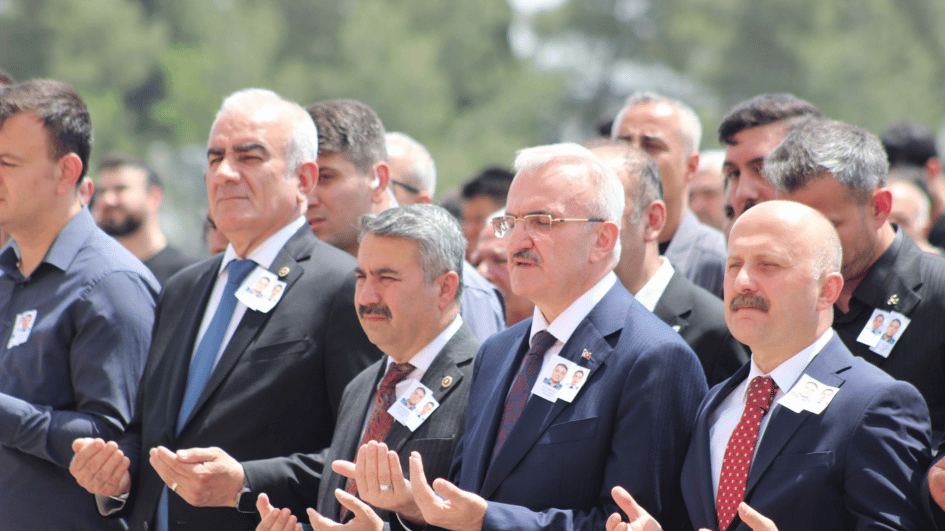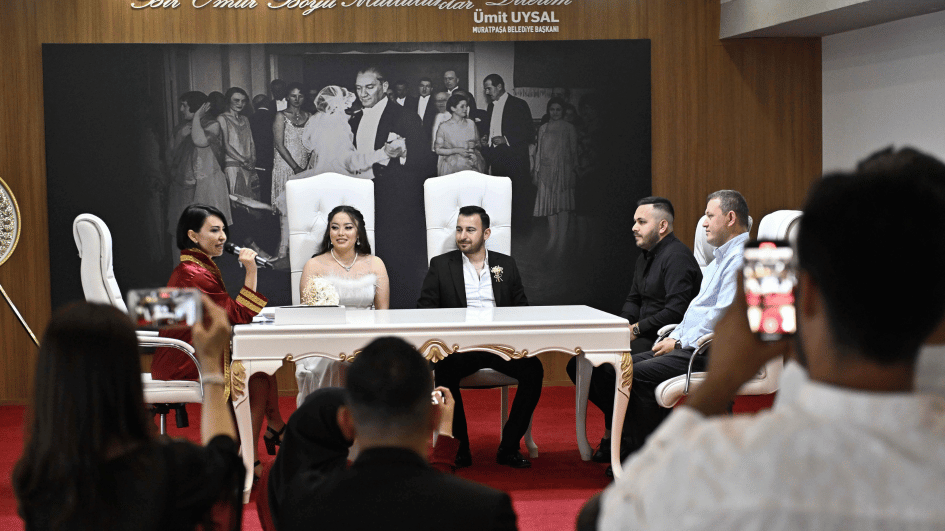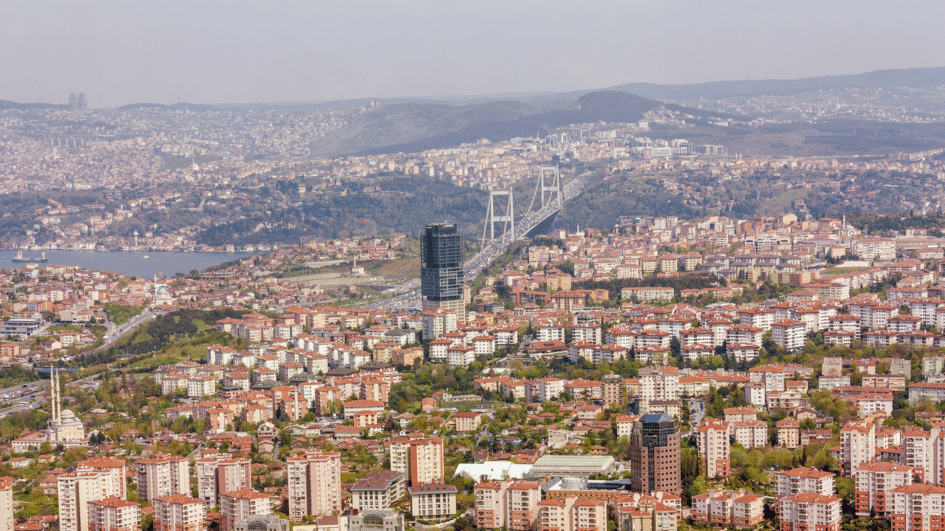The other side of the mountain
William Armstrong - william.armstrong@hdn.com.tr
 ‘The Other Side of the Mountain’ by Erendiz Atasü (Milet, 2000, 25TL, pp 283)
‘The Other Side of the Mountain’ by Erendiz Atasü (Milet, 2000, 25TL, pp 283)The seed of “The Other Side of the Mountain” was sown when Erendiz Atasü chanced upon a pile of letters exchanged during the 1930s and 40s between her parents. Added to later family correspondence, she realized that she had material which could inspire a fictional generation-spanning family saga set against the turbulent backdrop of the Turkish Republic’s early development. It sounds like a promising concept for a novel, but unfortunately it’s let down by heavy-handed execution.
The book opens with its focus on Vicdan and Nefise, two young women sent to Cambridge on Turkish state scholarships, coming of age as the young republic is also establishing itself following its war of independence: “They, Nefise and Vicdan, children of a nation that had been executed and had risen from the dead, believe in the miraculous deeds of mankind. They, the miracle workers, the creators and witnesses of the resurrection.” The narrative then goes on to follow Vicdan’s family through the subsequent years, as a prism through which to take in the history of modern Turkey. The perspective shifts between her brothers Reha and Burhan during military service; her mother; her father; their wider circle of family, friends, and acquaintances; and even to national hero Mustafa Kemal Atatürk himself. Vicdan’s early idealism is challenged by events, however, which soon come to resemble what is described by the narrator as a “bloodstained comedy.” Reha and Burhan take part in military operations to suppress uprisings in the east, the Korean War sees the Turkish authorities once again genuflecting to the western powers, and political tensions overflow into military coups. The young republic’s difficulties find echoes in those of the central family, with Atasü looking to create an imaginative symbiosis between her private fictional characters and their broader public situation.
Such deliberate weaving of historical trajectory into an ostensibly fictional story should always be handled with caution – the danger is that it can easily become clumsy and ham-fisted. Unfortunately, that is exactly what happens here, with the book quickly becoming bogged down in lumbering symbolism. Characters agonize over the fate of their nation while crude expository “debates” between characters of different ideological persuasions throttle the reader around the head. Atasü’s sympathies clearly lie with the personal spirit against overarching political exigencies, but she fails to elevate her characters above their historical context, with most ending up as little more than two-dimensional cardboard cut-outs.
The novel is formally quite challenging, with constant shifts in time and perspective, but despite this it also suffers from the strange phenomenon of nearly every character expressing his or herself in an almost identical narrative voice. Surprise, surprise, that voice turns out to be that of an emotionally delicate middle-class Turkish lady (who do you think the author is?). Also wearying is the fact that although the novel is set against the backdrop of a “bloodstained comedy,” there are precious few jokes to be had - it remains determinedly po-faced throughout.
At the very least, “The Other Side of the Mountain” makes for a decent primer course on the basics of Turkey’s 20th century history, but unfortunately it can’t be recommended for much more than that.
Notable recent release

‘The Transformation of Turkey: Redefining State and Society from the Ottoman Empire to the Modern Era’ by Fatma Müge Göçek
(Tauris Academic Studies, $84, pp 320)










